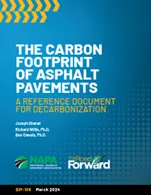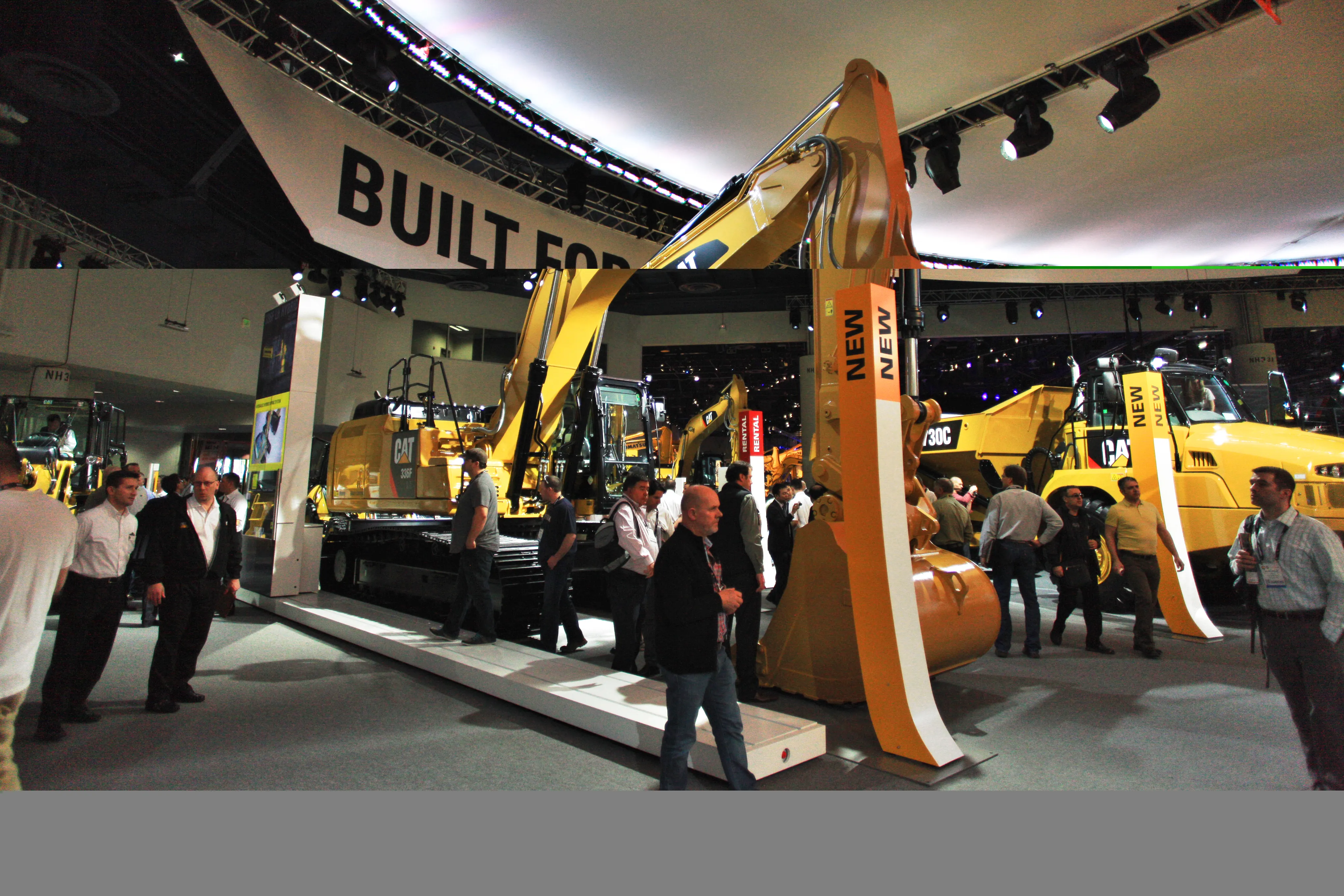In the US state of California, the Air Resources Board (ARB) is working on a programme that will boost development of new automobile technology with reduced emission levels.
March 22, 2012
Read time: 1 min
In the 972 US State of California, the 4198 Air Resources Board (ARB) is working on a programme that will boost development of new automobile technology with reduced emission levels. Called the Advanced Clean Vehicle Cars programme, this project is aimed at cutting greenhouse gas emissions. The project is also intended to help tackle smog and other airborne pollutants. The programme will run from 2015 to 2025. The aim of the project is that by 2025, one in seven vehicles being sold in the state will either by electric or a plug-in type hybrid with range technology.









